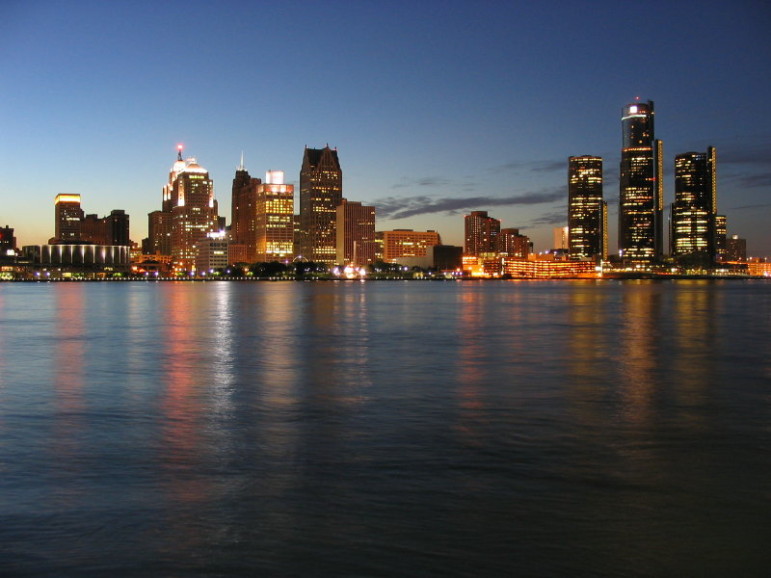
Shawn Wilson
The report found that between 2000 and 2009 the number of high-poverty Census tracts in Detroit more than tripled.
In the past decade and a half, the number of Americans living in high-poverty neighborhoods has doubled, according to a report out Monday from the Century Foundation.
The report lays the blame on suburban sprawl, exclusionary zoning policies and ill-designed housing initiatives that create an “architecture of segregation.”
The number of people living in high-poverty areas has risen from 7.2 million to 13.8 million since 2000, but the trend was racially skewed: More than one in four of the black poor and nearly one in six of the Hispanic poor now lives in a neighborhood of extreme poverty, compared to one in thirteen of the white poor. And most of the re-concentration of black poverty took place in mid-sized cities, those with populations of more than 500,000 but less than a million.
As the report notes, many factors can shape the concentration of poverty. If poverty swells everywhere, concentration of poverty decreases because a larger percentage of poor people live outside low-income areas. If economic forces hit a mixed-income area particularly hard and formerly middle-class people become poor, concentration increases. And of course, if more poor people move to low-income area, concentration of poverty zooms.
Author Paul Jargowski notes that “recent economic troubles have clearly contributed to the sharp re-concentration of poverty since 2000,” He adds, however
[A]nother huge factor, in good economic times and bad, has been rampant suburban and exurban development. Suburbs have grown so fast that their growth was cannibalistic: it came at the expense of the central city and older suburbs. In virtually all metropolitan areas, suburban rings grew much faster than was needed to accommodate metropolitan population growth, so that the central cities and inner-ring suburbs saw massive population declines. The recent trend toward gentrification is barely a ripple compared to the massive surge to the suburbs since about 1970. Moreover, taxpayers funded all the new infrastructure needed to facilitate suburban expansion—roads, schools, water and sewer, and so on—even as existing infrastructure was abandoned and underutilized in the urban core.
Not only has government policy subsidized the ‘burbs. It has also kept low-income people from following the move to the suburbs:
[R]icher suburbs have used exclusionary zoning to keep out affordable housing, so the poor and low-income people can only live in the central city and dying suburbs that are being abandoned as wealthier people move further and further out to the fringes for larger houses, bigger bathrooms, and walk-in closets. The whole process is legally enforced through zoning, and underwritten by the mortgage interest deduction and all the subsidies that go into building roads, sewers, and schools for the new suburbs.









2 thoughts on “Report Finds Massive Increase in Segregation by Race and Class”
Middle class people don’t want to live near the violent underclass.
Unless of course the neighborhood is gentrified…then they dont have a problem